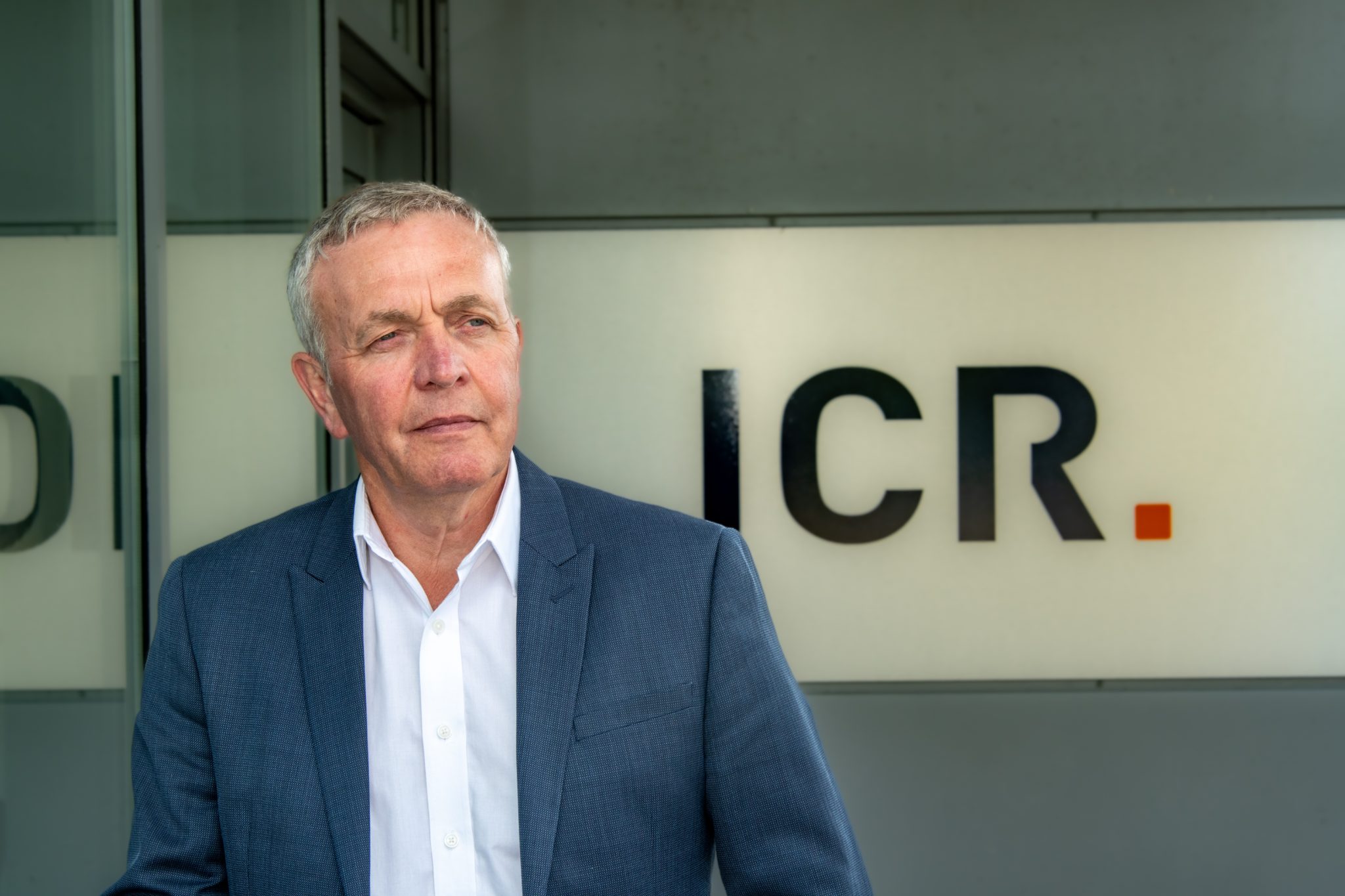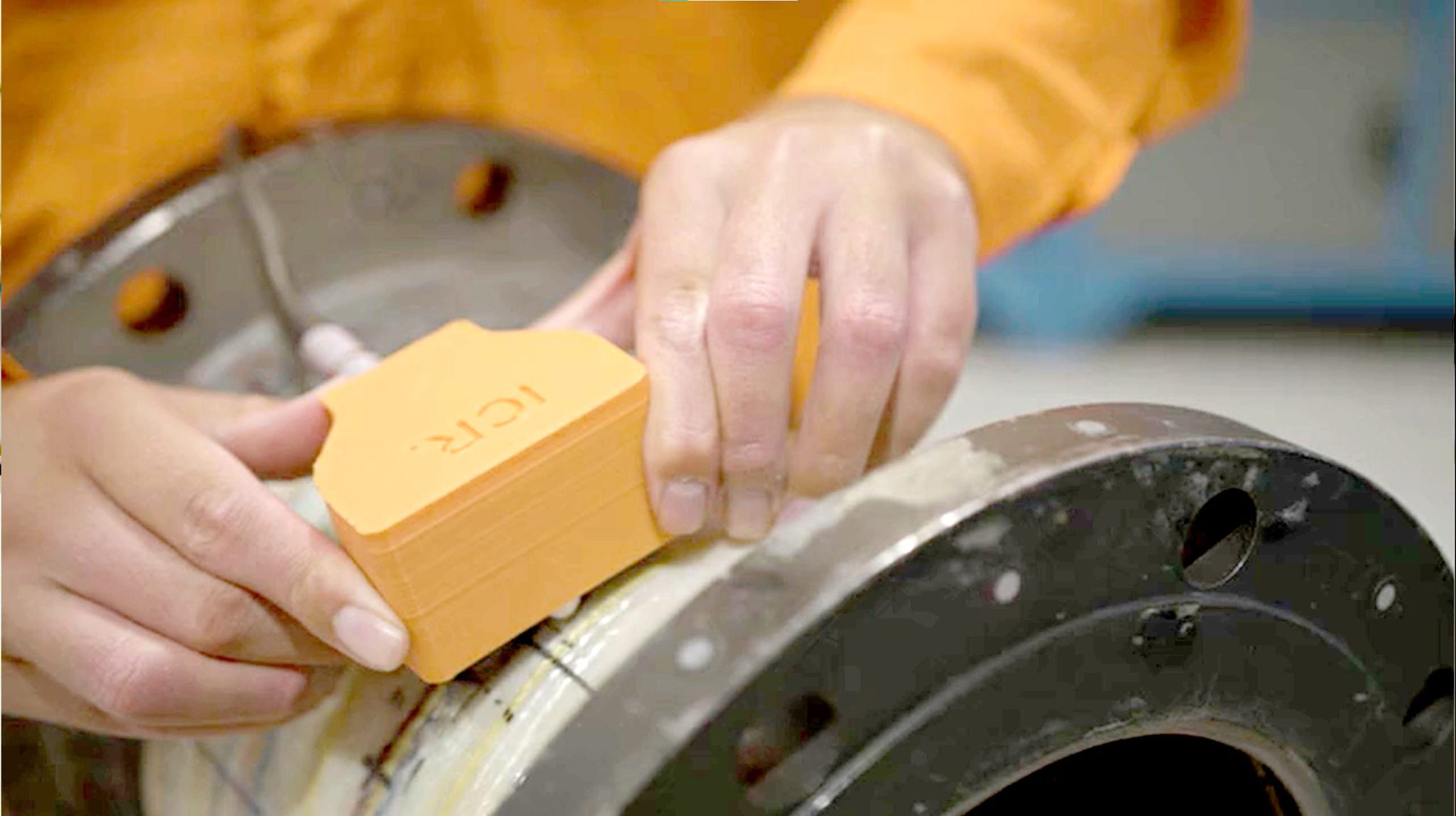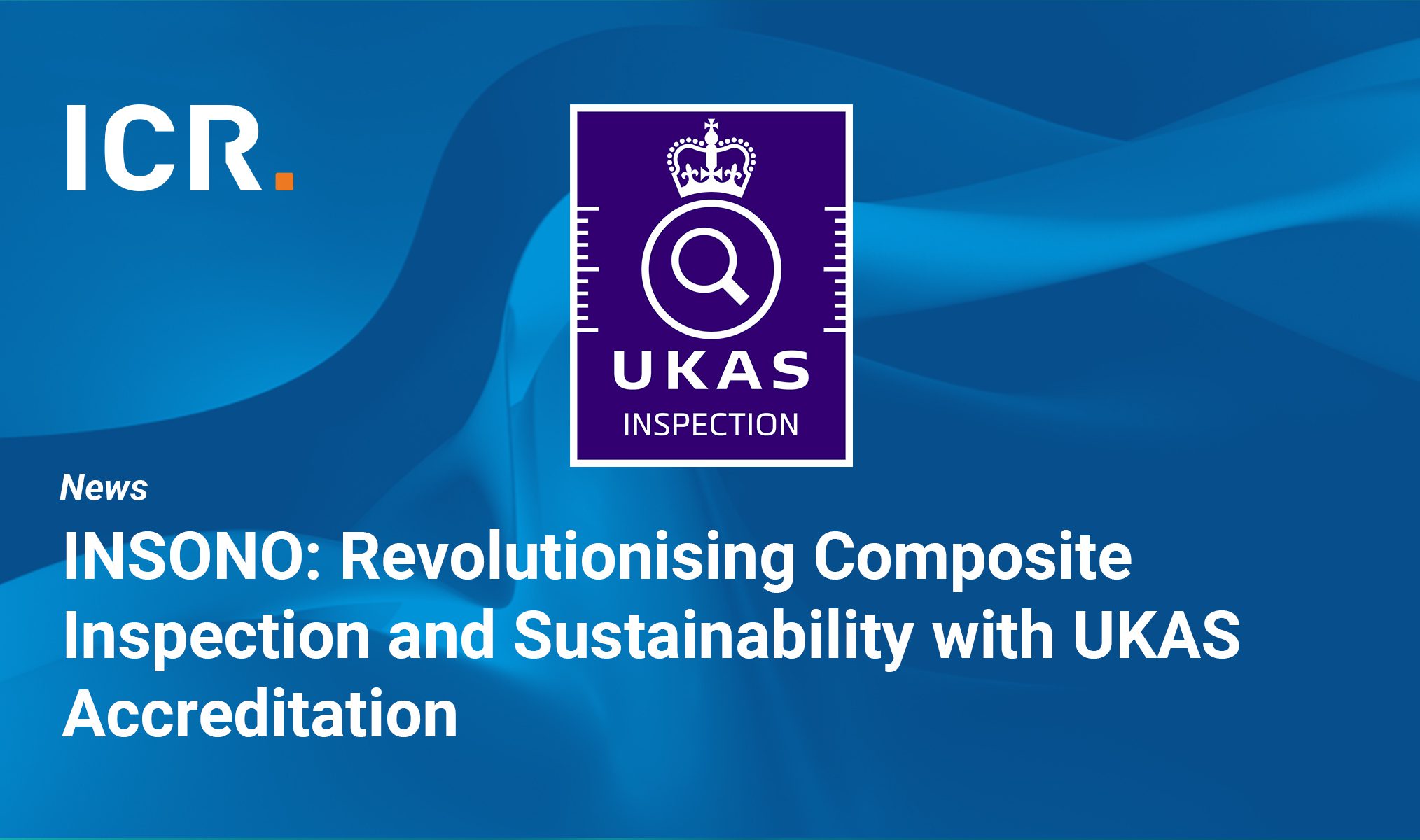The countdown to COP28: how UAS inspections are curbing methane emissions
by Andrew Lake, Technical Sales Engineer at ICR
The end of May marks six months to COP28, and already there has been a call for the international climate summit to give more credence to the issue of methane emission reduction.
Recognising the need for greater action, COP28 UAE President-Designate, Dr. Sultan bin Ahmed Al Jaber, recently said, “The oil and gas sector needs to up its game, do more and do it faster. Let’s aim to reach net-zero methane emissions by 2030.”
Methane and misinformation
Mr Al Jaber’s call to give methane emissions more attention during the hotly anticipated discussion between political leaders follows a stark warning by the International Energy Agency (IEA). In January 2021, the IEA stated that although methane emissions from the global oil and gas industry fell by an estimated 10 per cent in 2020, it was only due to producers slashing output in response to the historic shock of the COVID-19 crisis. The IEA report went on to warn that these emissions could rebound strongly without greater action by companies, policy makers and regulators.
With COP28 set to reignite the debate around how asset operators monitor for methane emission leaks, many will be asking how much is too much? Worryingly, a study published in December 2022 by researchers at Princeton University and Colorado State University found that some estimates of methane emissions from offshore oil and gas production in the UK have been severely underestimated for some time.
In fact, the study found that about five times more methane is being emitted from oil and gas production in the UK than the government has previously reported. Since asset operators tend to use similar methods, it is expected that the undercalculations are taking place not just in the UK, but globally.
Although individual countries are obligated to report their greenhouse gas emissions to international bodies such as the United Nations Framework Convention on Climate Change, these recent findings suggest that some of the methods used to calculate methane emissions rely on outdated or incomplete information, and therefore may not accurately represent actual emissions.
The severity of the issue
So, why care about methane emissions? According to the United Nations (UN), the colourless, odourless and invisible greenhouse gas, is responsible for more than 25 per cent of global warming. Due to its structure, methane traps more heat in the atmosphere per molecule than carbon dioxide (CO2), making it 80 times more harmful than CO2 for 20 years after it is released.
The UN estimates that by cutting methane emissions by 45 per cent by 2030, could help the world meet the Paris Agreement’s goal of limiting global warming to 1.5°C.
We know that massive methane leaks, which are commonly referred to as super-emitter events, have been reported around the world including in the US, Latin America, and Middle East. The most common reason for these major leaks is equipment failures and if they aren’t identified quickly enough or prioritised, the leaks can last for weeks, resulting in significant damage to the environment. For example, an emissions leak at a storage facility in the US in 2015 led to almost 100,000 tonnes of methane escaping into the atmosphere over a four month period.
Another ‘super-emitter’ example was uncovered by Spain’s Polytechnic University of Valencia when researchers revealed that an oil and gas platform in the Gulf of Mexico had released 40,000 tonnes of methane during a 17 day period. This is equivalent to 3 per cent of Mexico’s annual oil and gas emissions. In fact, the researchers claimed that if it were not for images captured by a European Space Agency satellite, the release of harmful gases would not have been discovered by the operator, leading to methane escaping over a larger period and causing a greater environmental impact.
Furthermore, recently published reports based on NASA satellite data demonstrated that two Turkmenistan oil fields have been emitting more methane than any other super-emitter in the world. The two major fields near the Caspian Sea were recorded as emitting methane emissions of 4.4 million tonnes in 2022 combined, up to 427 tonnes per hour in August of that year. This is more than the total CO2 emissions of the UK and is primarily a result of equipment leaks and flaring or venting.
Both of these examples demonstrate that not all asset operators have an effective methane emission identification and remediation programme in place.
More must be done and a fit-for-purpose, innovative approach is needed, a sentiment which was recently echoed by the Chief of the United Nations Environment Programme’s Energy and Climate Branch, Mark Radka. He said, “A more accurate picture of methane emissions gives governments and companies the information they need to act with confidence…the way to spot all emissions – large and small – is to have good monitoring regimes. Until recently, we did not have the tools to monitor methane emissions.”
The drivers for better methane detection
Perhaps unsurprisingly given these examples, the US government recently announced plans to impose fines on major methane emitters. As part of the Inflation Reduction Act (IRA), the Biden administration is taking the release of methane into the atmosphere seriously. The new legislation, which is still being finalised, is expected to force energy companies to take action or else face fees of up to $1,500 a tonne for methane emissions they fail to identify and remedy. It is thought that this US law could be rolled out internationally if it becomes a successful preventative measure to reduce methane emissions in the US.
It’s not just the threat of regulatory fines that may influence the actions of operators when it comes to methane emission reduction. According to the IEA, it is not only beneficial for the environment but cost effective too. They shared, “IEA analysis highlights that reducing methane emissions is very cost-effective for oil and gas companies. Unlike CO2, there is already a price for methane everywhere in the world – the price of natural gas. This means the costs of improving operations or making repairs to prevent leaks can often be paid for by the value of the additional gas that is brought to market.”
Adding to the cost benefit, asset operators are incentivised via reward schemes for accurately measuring and remediating methane emission leaks. These can come in the form of Renewable Natural Gas Carbon Credits worth significantly more than the raw gas prices, e.g., LCFS, RINs, etc. Certification of Responsibly Sourced Gas.
Furthermore, asset operators face reputational damage and backlash from activists and investors alike if it is exposed that they have failed to effectively detect and manage methane emissions. In today’s corporate world, a company’s ESG credentials mean a lot, and a leak could destroy these overnight.
Methods for managing methane emissions
For many asset operators this is an issue that is causing concern. Methods that have been tried before are not as efficient or safe as they need to be. Using ground level sensors for example simply cannot provide the necessary reach to capture leaks accurately, and therefore risk operators missing high levels of methane escaping at an asset. Similarly, handheld sensors are available but require personnel to climb onto the asset using scaffolding or rope access. With these assets typically suffering from corrosion or other issues due to age, this puts the health and safety of personnel at risk. This approach is also extremely time-consuming and labour intensive, and proves challenging to capture accurate results due to the positioning of the sensors.
Sky-Futures™ (an ICR company), with over 10 years of operating experience in the oil and gas sector, providing critical asset inspection data and analysis have formed a partnership with industry-leading sensor technology from SeekOps, a company formed to bring NASA and NASA’s Jet Propulsion Laboratory (JPL) developed technology used on Mars Rover missions to the terrestrial marketplace. This partnership has been working with asset operators, not just in the offshore oil and gas sector but at onshore oil and gas facilities, structures in the renewables sector, including petrochemical plants and biogas plants, delivering a state-of-the-art, technology-first solution to methane emission detection that provides an alternative to these outdated methods.
By leveraging best-in-class sensors, advanced drones or unmanned aircraft systems (UAS) inspections, and actionable analytics, the partnership is supporting asset operators to decarbonise their operations, not only detecting but quantifying methane leaks as early as possible. This ultimately, enhances the operator’s ESG reporting and transparency with key stakeholders through highly accurate and reliable data.
This innovative approach not only saves the asset operator significant time as the use of UAV/drone inspection can cut the time in half compared to alternative methods, it reduces the risk to personnel by removing the need to use rope access or scaffolding, and it saves the operators millions of dollars by avoiding asset shutdowns or disruption to day-to-day operations.
The technology and skills of the drone/UAV pilots and our engineers is so advanced that the inspection can even take place from a vessel, without the need for them to board the rig and take up accommodation, allowing them to move efficiently from one site to another. This approach in itself reduces emissions by allowing the team to avoid helicopter trips to the site and back.
Recently, the Sky-Futures™ team supported an operator by measuring methane emissions at four offshore platforms in the Southern North Sea. The four platforms varied in size from a Normally Unmanned Installation (NUI) approximately 30m along the deck to a five-jacket complex covering more than 200m.
To ensure no disruption the operator’s operations, the Sky-Futures™ team conducted the surveys from an inter-field vessel having gained the necessary permits. This use of state-of-the-art UAS and sensor technology, combined with highly-experienced pilots and engineers, identified areas of methane emissions in real-time to ensure accurate measurements could be obtained.
Our data analysis and report provided our client with quantified methane emission results they required for their baseline study. The results captured not only the expected emissions from the vents, but also identified locations of methane releases not identified by deck-based inspection techniques. With unobtrusive remote operations, there was no impact to personnel on board and day-to-day operations were unimpeded.
Onshore facilities are also benefitting from this use of new technology with established working techniques for drone systems. A recent project saw a team of two travel around nine locations in West Africa by road vehicle, helicopter and pirogue to establish baseline readings for a company with a view to returning later this year to undertake a second survey after emission reduction measures have been undertaken by the plant operators. During the project, all areas of all plants were surveyed including flares, storage tanks, compressors, wellheads, piperacks, and in some instances, emission sites were identified and the operators we were able to close off the leak at the time of the survey.
Pledges vs action
So far, 150 countries have committed to reducing human-caused methane emissions by at least 30 percent by 2030 under the Global Methane Pledge. However, due to the scale of the issue and the serious impact of methane on the atmosphere, the pressure is growing to turn this from simply a pledge into strong industry/government backed commitment, and ideally a mandatory methane agreement.
Given the severity of the problem that methane emissions represent, we at Sky-Futures™ hope that the use of innovative solutions, like drone/UAS and sensor technologies, to identify leaks and allow operators to take a more proactive approach to monitoring, does take place during COP28 to further raise awareness of the issue and remedies available today. Regardless, COP is 13 days out of 365, so the threat of major methane leaks and their impact on climate change must be more than a tabled discussion at the conference.
With COP28 just around the corner and regulatory scrutiny intensifying, asset operators need to prioritise the detection of methane emissions, not only because they are told to, but because it is good for the planet and their bottom-line. Luckily for them, the latest drone/UAS and sensor technology is at the forefront of this, and we have the proven solution that will reduce the impact of methane emissions.
Find out more about our services underpinned by innovative drone/UAS and sensor technologies and world-class engineering here.
Featured articles

University of life stands Govan-raised engineer in good stead

LR and UKAS boost for ICR Group’s INSONO innovation


